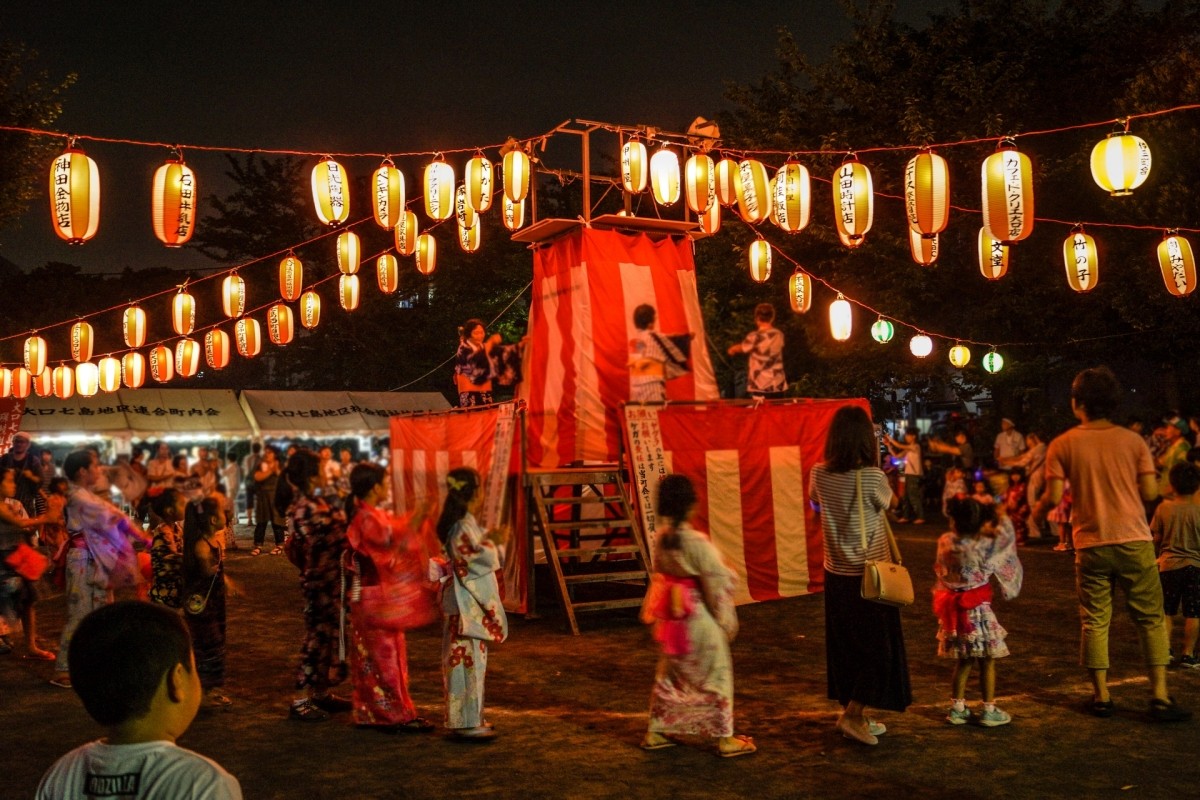
Obon is an important annual event for the Japanese, during which it is believed that the spirits of ancestors and departed loved ones return from the afterlife. It is typically observed from August 13th to 16th, a time when people welcome the spirits of the deceased, pray for their peaceful rest, and offer memorial services. In modern times, workplaces often close during Obon, and many people take the opportunity to return to their hometowns or go on trips. For many Japanese, it has also come to be seen as a kind of summer vacation to look forward to. In fact, there’s even a Japanese expression used when something exceptionally joyful happens: “It’s like Obon and New Year’s came at the same time.”
In this article, we will clearly explain the origins and meaning of Obon, the Obon holiday period in 2025, and the traditional ways Obon has been observed in Japan since ancient times.
* If you purchase or make a reservation for the products or services introduced in this article, FUN! JAPAN will receive a commission from the sales proceeds.
What is Obon? A Simple Explanation of Its Meaning and Origins
The Origins and History of Obon
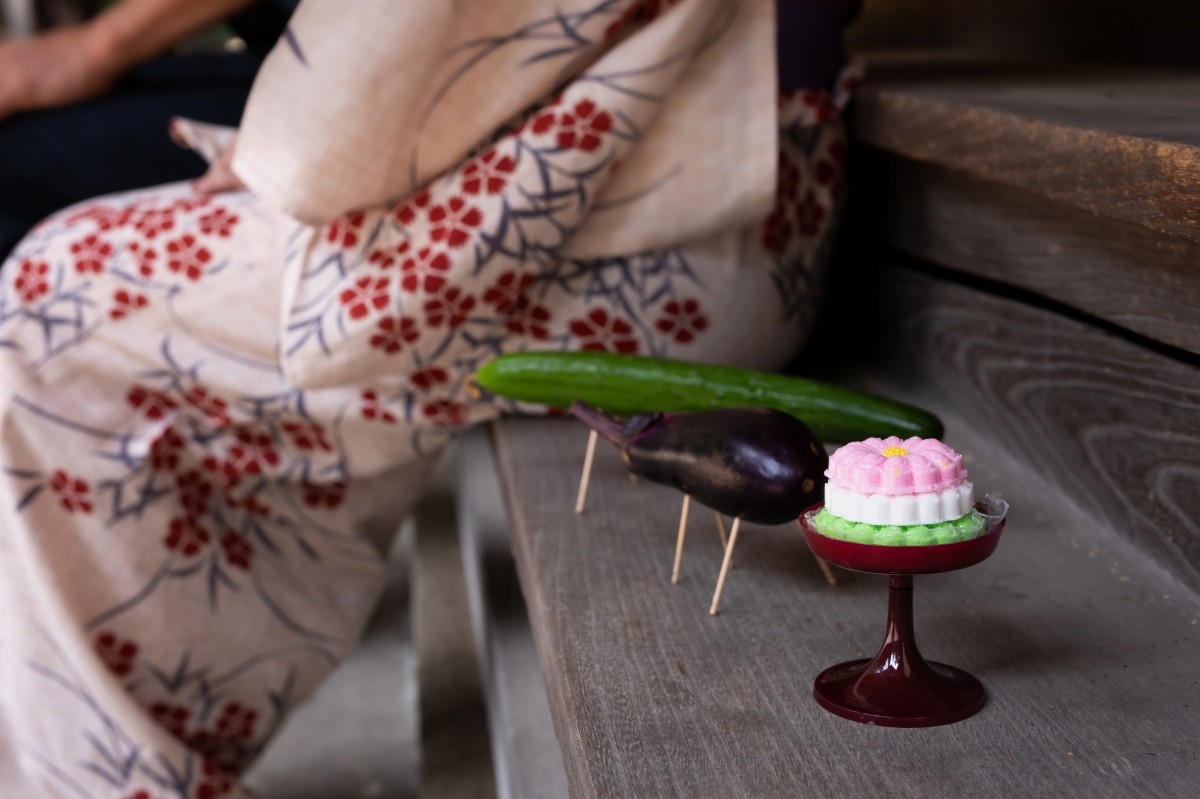
Obon is a ceremony to honor and commemorate the spirits of ancestors and deceased loved ones. It is typically observed from August 13th to 16th. During the Obon period, it is believed that the spirits of the deceased return to this world from the Pure Land, or the afterlife. The spirits are welcomed back to their former homes, where prayers are offered for their peace in the afterlife and their souls are honored.
The formal name for Obon is "Urabone" (盂蘭盆会:うらぼんえ), which is said to originate from the Buddhist sutra called "Urabonkyo" (盂蘭盆経:うらぼんきょう).
The term "Urabone" is believed to come from the Sanskrit word "Ullambana." This is based on a story about one of Buddha's disciples who performed rituals during the Obon period to help his deceased mother achieve salvation in the afterlife.
It is thought that this Buddhist custom of honoring and mourning the deceased in the afterlife was introduced to Japan, where it evolved into a ceremony for ancestral worship. This is how the Obon tradition became established among the common people.
Today, it has become customary for family members who usually live far apart to return to their family homes during Obon to honor the spirits of their ancestors.
The Purpose of Obon
As mentioned earlier, the purpose of Obon is to honor and offer memorial services for the spirits of one’s ancestors and to pray for their peaceful rest.
During the typical Obon period from August 13th to 16th, most businesses close. Elementary, junior high, and high schools, as well as universities, are on summer vacation, so there are no classes, and most extracurricular activities are also on break. In years when the calendar aligns with weekends, it becomes a long holiday period, allowing many people to return to their hometowns from far away to spend time with family and relatives.
Obon is a ceremony where families welcome the spirits of the deceased who return from the afterworld to their former homes. It's a time when families and relatives gather together to commemorate their departed loved ones in a lively atmosphere.
When Is Obon in 2025? 【Obon Holidays and the Period】
In 2025 (Reiwa 7), Obon will be observed from Wednesday, August 13th to Saturday, August 16th, a four-day period. Monday, August 11th is "Mountain Day," a public holiday, but Tuesday the 12th is a regular weekday. Therefore, many people are likely to have a five-day holiday from the 13th to Sunday the 17th.
There's a three-day weekend from Saturday the 9th to Monday the 11th. If one can take Tuesday the 12th off, it's possible to have a nine-day holiday from Saturday the 9th to Sunday the 17th. With such an extended holiday, many people might not only return to their hometowns but also go on trips.
Why is Tokyo's Obon in July? Regional Differences in Obon Timing
Difference Between the Old and New Calendars

While we've mentioned that Obon is generally observed from August 13th to 16th, this is actually based on the old calendar. In the "new calendar" introduced during the Meiji era, Obon is considered to be from July 13th to 16th.
It's curious that although the new calendar sets Obon in July, the August Obon based on the old calendar has become more established among people.
Obon in Tokyo: July 13th–16th
In some regions, including Tokyo, Obon is considered to be in July according to the new calendar. The new Obon seems to be mainly observed in urban areas.
Differences with Rural Areas (August Is More Common)
On the other hand, in rural areas far from major cities, Obon in August, which follows the old calendar, is still the norm. One explanation is that many Japanese people used to work in agriculture, and around July 15th in the new calendar, farmers are in their busiest season. During such a busy time, it would have been difficult to take time off to properly honor and remember the dead. Even after the calendar changed, the new July Obon did not become widespread in agricultural areas. As a result, the August Obon remained the standard in rural communities.
In contrast, Tokyo, which is not a farming region, adopted the new calendar Obon in July, and it became established.
Additionally, in various regions, local industries and customs influence the timing of Obon, so the observance period differs from place to place.
What Do People Do During Obon? Customs, Traditions, and Food
Mukaebi and Okuribi (Welcoming and Sending-off Fires)
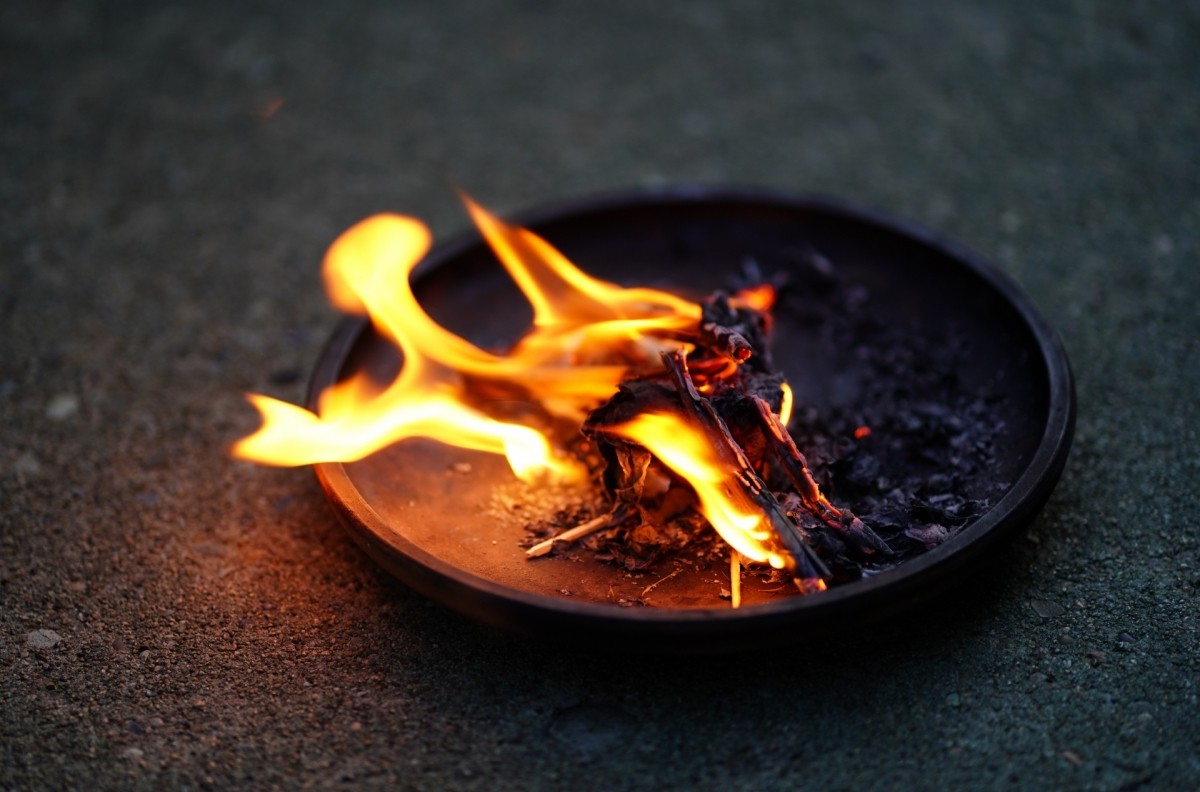
On the first day of Obon, a fire is lit to welcome the spirits of the deceased. This is called mukaebi (welcoming fire). At the end of Obon, a fire is lit to send the spirits back. This is called okuribi (sending-off fire).
The mukaebi is typically lit at the entrance of the home or at the cemetery. It involves lighting ogara (dried hemp stalks) on a flat unglazed dish called a houroku. If the mukaebi is lit at a grave, the flame is transferred to a Bon lantern and brought back home. Once at home, the flame is transferred again to another lantern, and a silent prayer is offered at the entrance before extinguishing the fire.
It is believed that the welcoming fire guides the spirits back home. Once the spirit has safely arrived at the home, the fire can be extinguished without worry of them getting lost.
The okuribi, in contrast, involves lighting a fire inside the home and accompanying the spirit back to the grave or to the entrance of the house. A silent prayer is offered at the send-off point, after which the fire is extinguished.
Visiting Graves, Returning Home, and Family Time
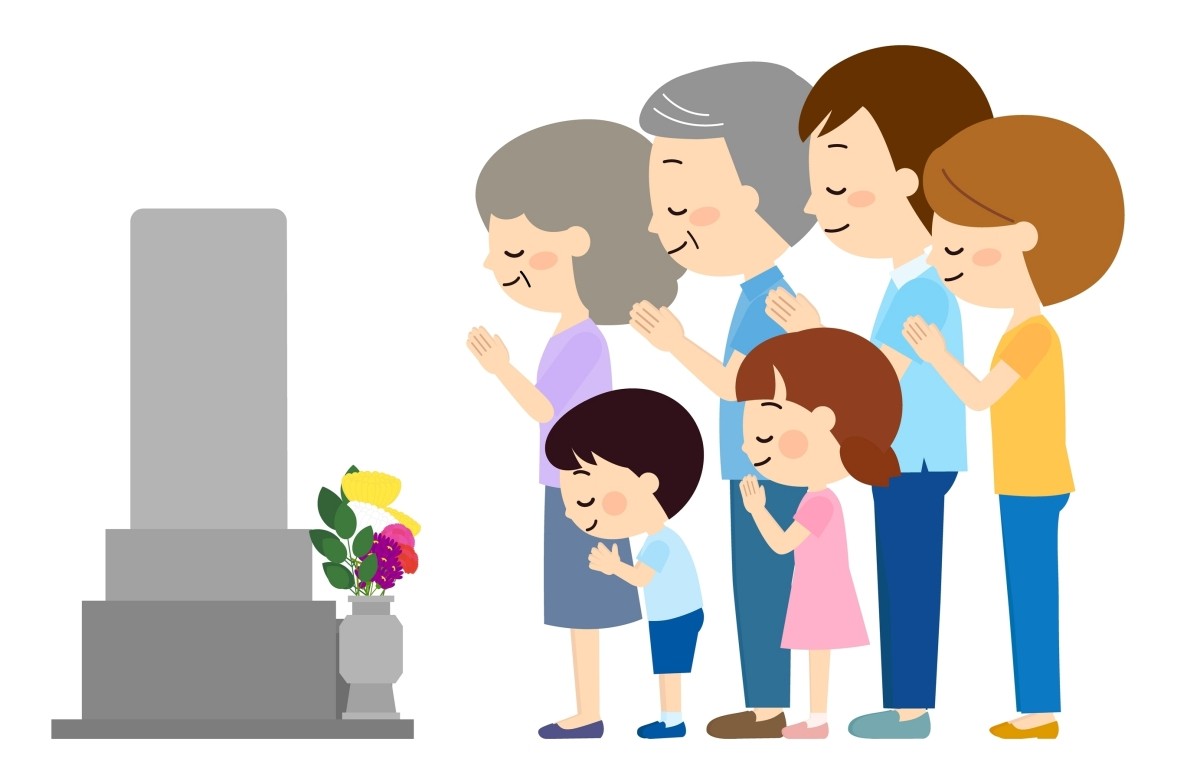
Grave visits during Obon are most commonly held on August 13. This day is known as mukaebon(迎え盆), when families go to receive the spirits of their ancestors. It is common to visit graves on this day and light the mukaebi. However, it is not a strict rule that the visit must take place on the 13th.
Obon Offerings: Spirit Horses(精霊馬) and Spirit Cows(精霊牛)

The basic Obon offerings are called "goku" (five offerings), which consist of five types of items: incense, flowers, candles, water, and food. These include items like incense sticks, seasonal flowers, sweets, and fruits.
Additionally, a cucumber carved to resemble a horse ("shoryouma" or spirit horse) and an eggplant carved to resemble a cow ("shoryougyu" or spirit cow) are common Obon offerings. These are made by inserting chopsticks or bamboo skewers into cucumbers and eggplants to form legs, representing animals. They are displayed on a special shelf called a "shouryoudana" (spirit shelf), which is set up during Obon.
These cucumber and eggplant animals symbolize vehicles for the spirits. The horse, being fast, is for a swift return home, while the cow, being slower, allows the spirit to return to the afterlife at a leisurely pace. The use of cucumber and eggplant is due to their availability during summer, when Obon takes place.
It is also considered thoughtful to offer the favorite foods of the deceased as a form of hospitality and remembrance. Providing what they enjoyed in life is seen as a meaningful way to honor their memory.
Is There an Obon-Like Tradition Overseas?
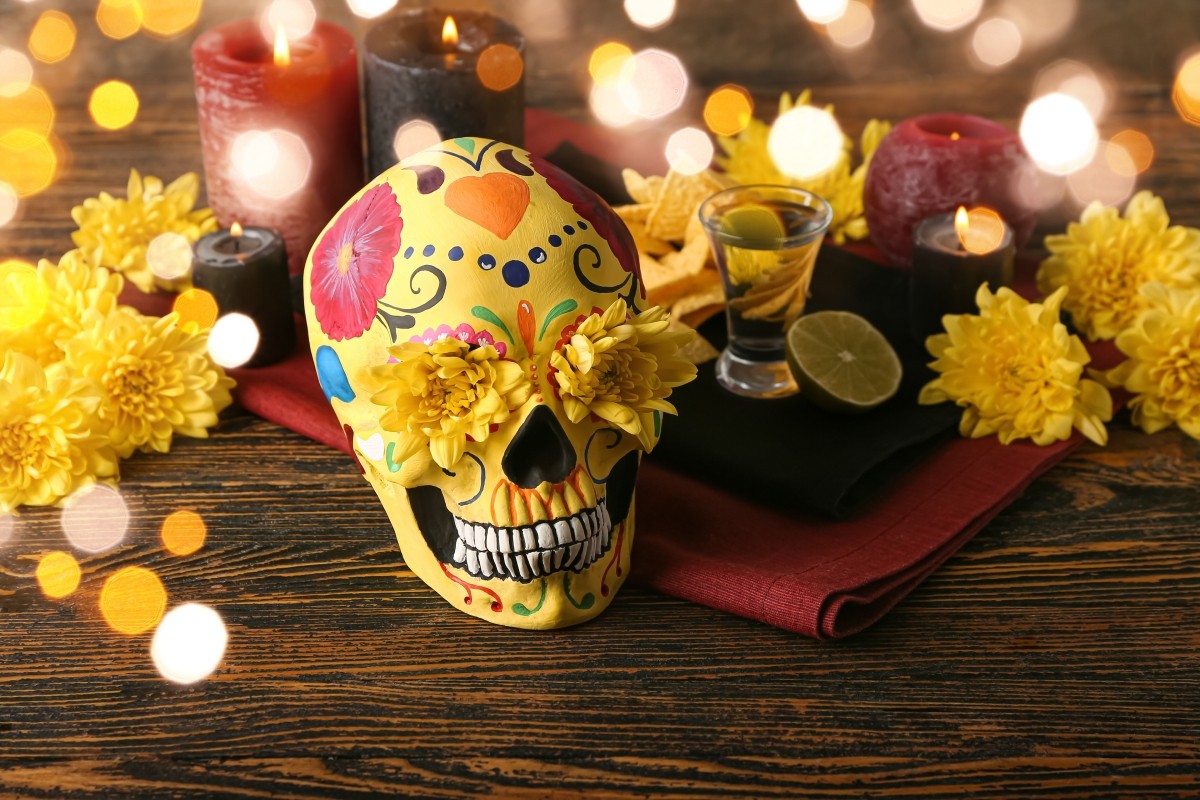
While Obon is a uniquely Japanese tradition, there are similar customs around the world.
In China, there is a festival called Zhongyuan Jie, or the Ghost Festival, which is held on the 15th day of the seventh month in the lunar calendar. It involves burning paper money and gifts as offerings to ancestors.
In the United States, Halloween is also considered a night when spirits return. However, it has evolved primarily into a fun event where children dress up and go trick-or-treating. In Japan too, Halloween is popular as a costume-themed event.
Mexico’s Día de los Muertos (Day of the Dead) is observed from November 1 to 2. Families create colorful altars with offerings for their deceased loved ones, and people wear vibrant costumes and skull makeup.
These examples show that festivals to welcome and honor the dead are common across different cultures and religions, taking various forms around the world.
How to Spend Obon in 2025
For Obon in 2025, the peak of the homecoming rush is expected to be on Sunday, August 10th, while the "U-turn rush" (people returning to urban areas from their hometowns) is predicted to be from Friday, August 15th to Saturday, August 16th. Transportation will be crowded during the Obon period, but it's likely to be especially crowded on the 10th and 15th. If you're planning to use airplanes or bullet trains, it's advisable to book seats early.
Finally, here are some Obon events to check out if you're visiting Japan during this time.
Daimonji Okuribi (大文字送り火)

This is a send-off fire event held in Kyoto City on August 16th. Bonfires in the shapes of characters such as "Dai"(大), “Myo”(妙), and “Ho”(法), as well as symbolic forms like boats and torii gates, are lit on the mountains surrounding the city of Kyoto. It is said that the spirits who visited this world during Obon return to the Pure Land while watching these send-off fires.
👉Kyoto Gozan Okuribi: Five mountains Bonfires for ancestors Viewing Bus Tour (Sunrise Tours JTB)
Bon Odori (盆踊り)
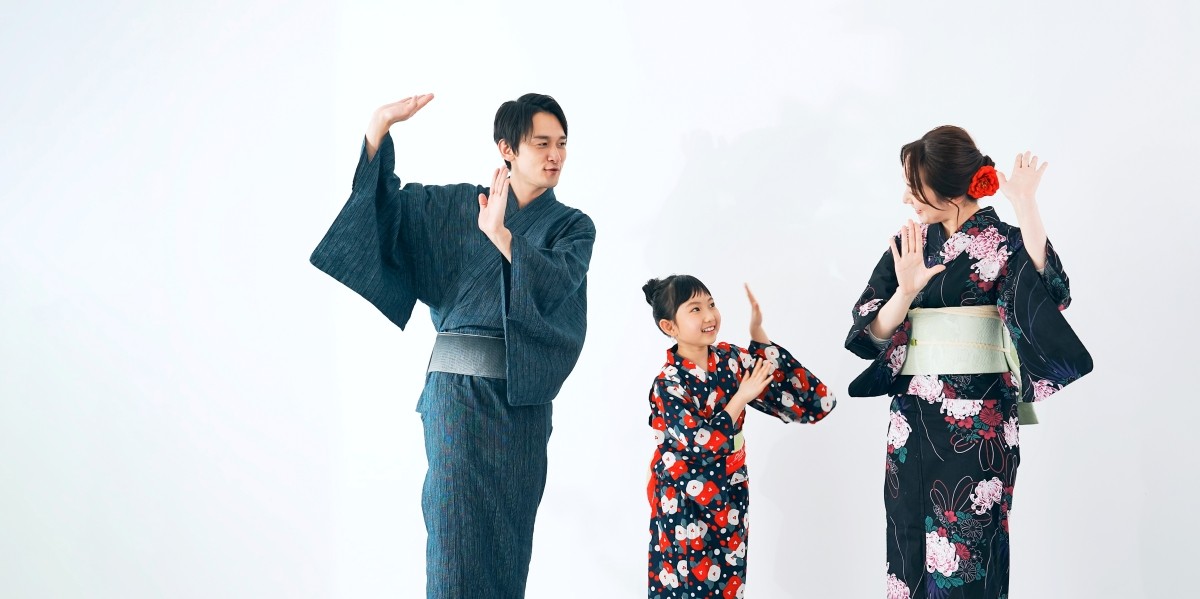
"Bon Odori" are dances performed at night during the Obon period, typically in the grounds of local temples. They serve to welcome and entertain the spirits of ancestors returning from the Pure Land, and also as a way for local people to interact. The music and dances vary by region. In addition to traditional "ondo" and "folk songs," it's not uncommon these days to dance to popular pop songs or anime songs.
Generally, anyone can participate in Bon Odori. While in some regions the dancers may be predetermined, in most cases, anyone can join in. It has become a popular activity for foreign tourists as well.
Obon is a Meaningful Summer Tradition for the Japanese
Originally a religious event to honor ancestors, Obon has evolved into a much-anticipated summer holiday in modern Japan.
During this time, roads, trains, tourist spots, and accommodations may be crowded, and many shops, facilities, and government offices may close. It’s a good idea to check such information in advance.
We hope you enjoy a wonderful and meaningful summer holiday!
References:
Tanaka Senichi & Miyata Noboru (eds.). "Sanseido Encyclopedia of Annual Events, Revised Edition". First Edition, Sanseido, 2012, 458 pages.
Shintani Takanori (supervisor). "Japanese Traditions: Japanese Calendar and Annual Events". First Edition, Nihon Bungei Sha, 2007, 238 pages.
Miura Yasuko (supervisor). "Seasonal Living Chronicle: Enjoying Daily Life with the Seasons". First Edition, Seibido Shuppan, 2024, 191 pages.
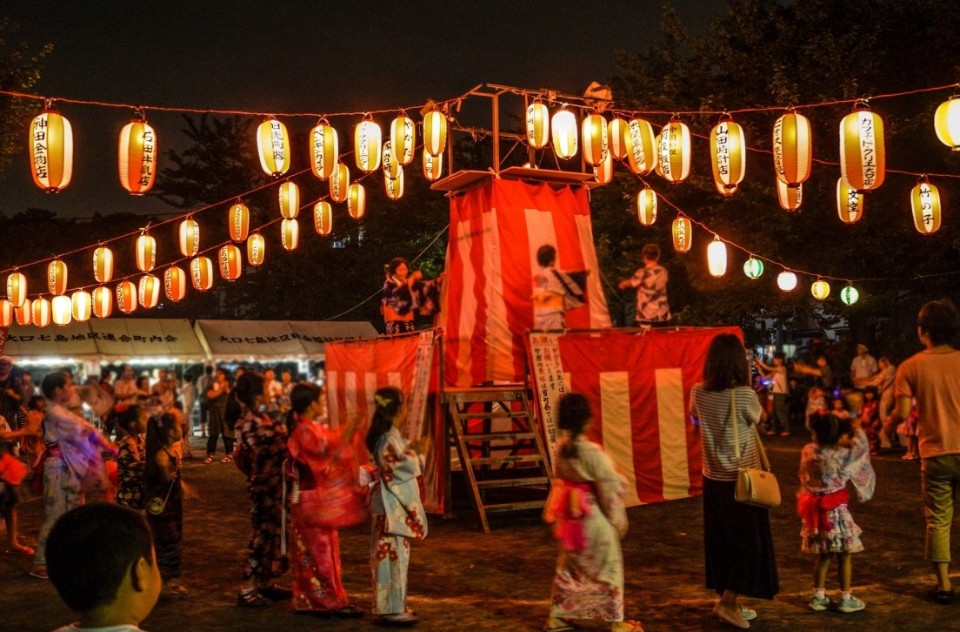
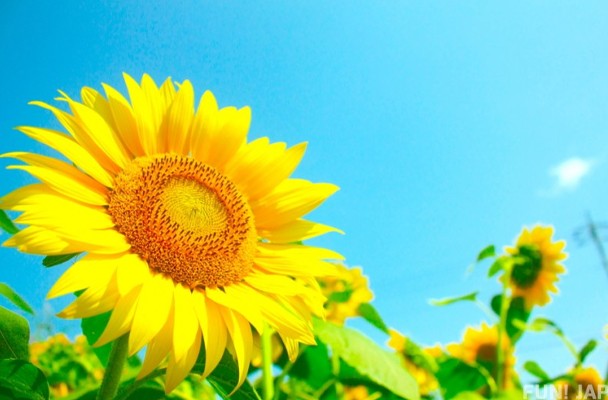


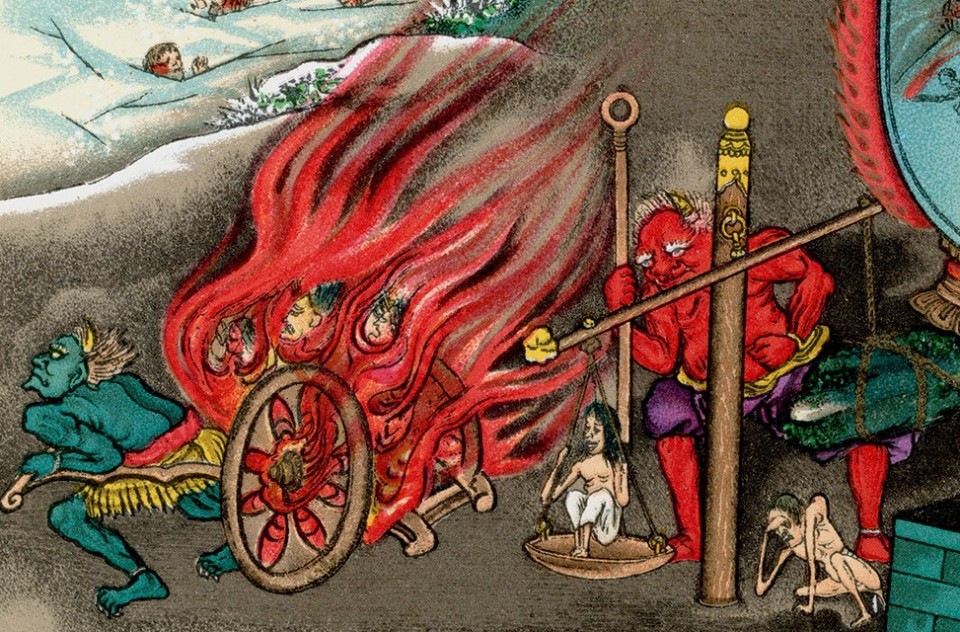
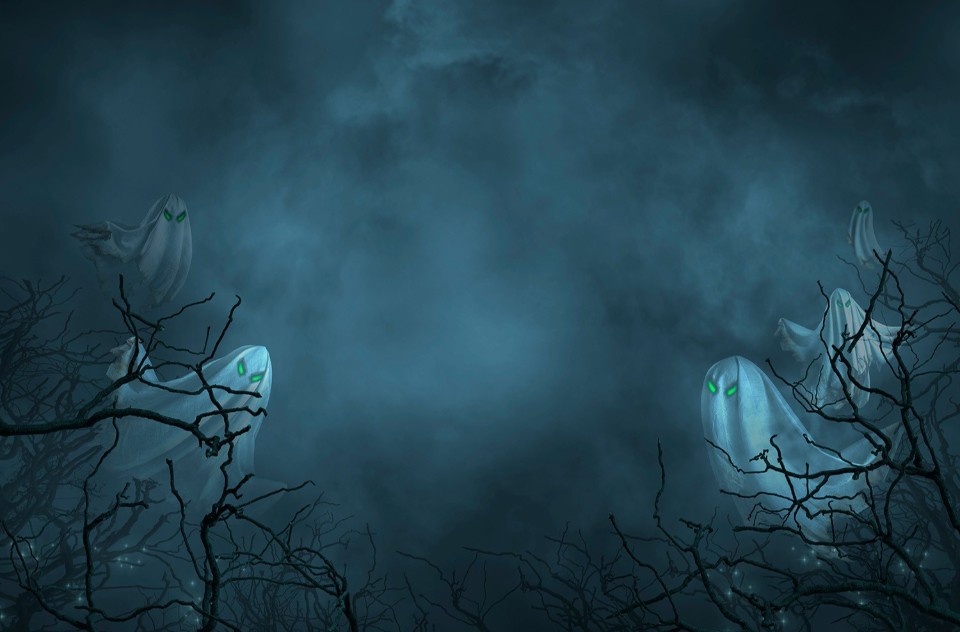

Comments